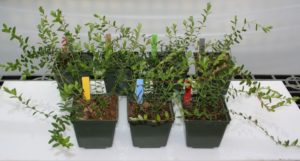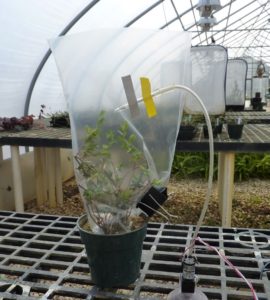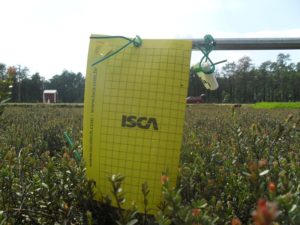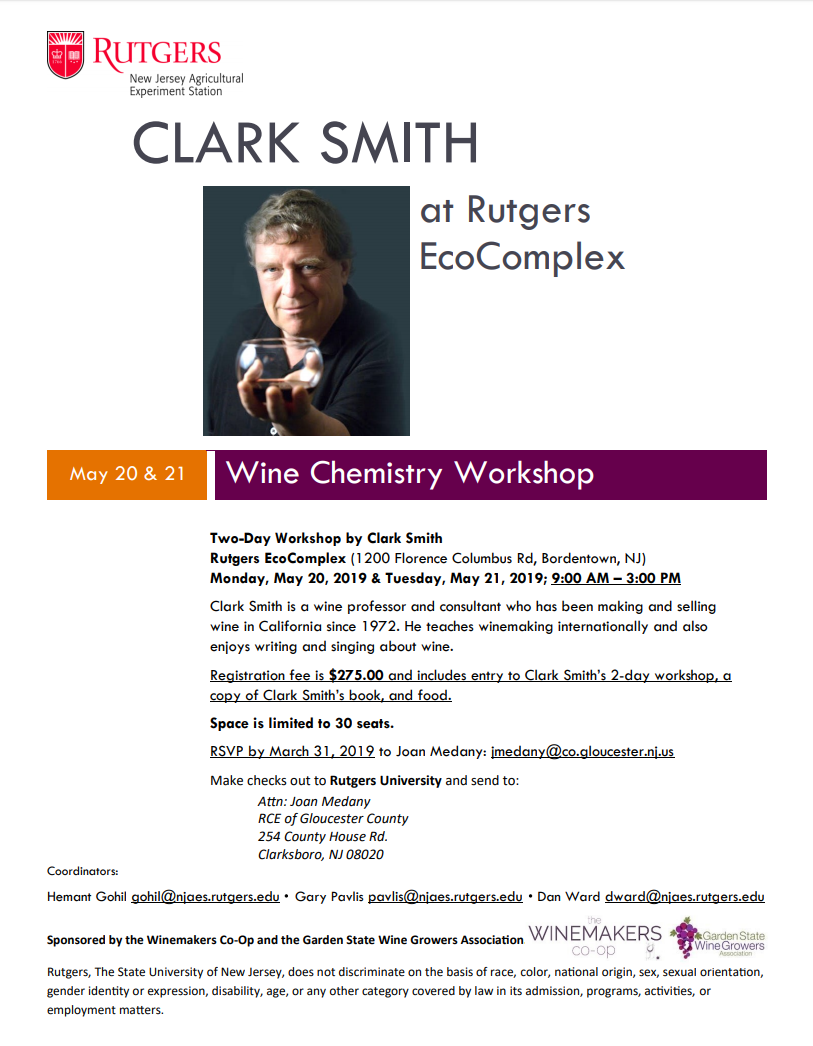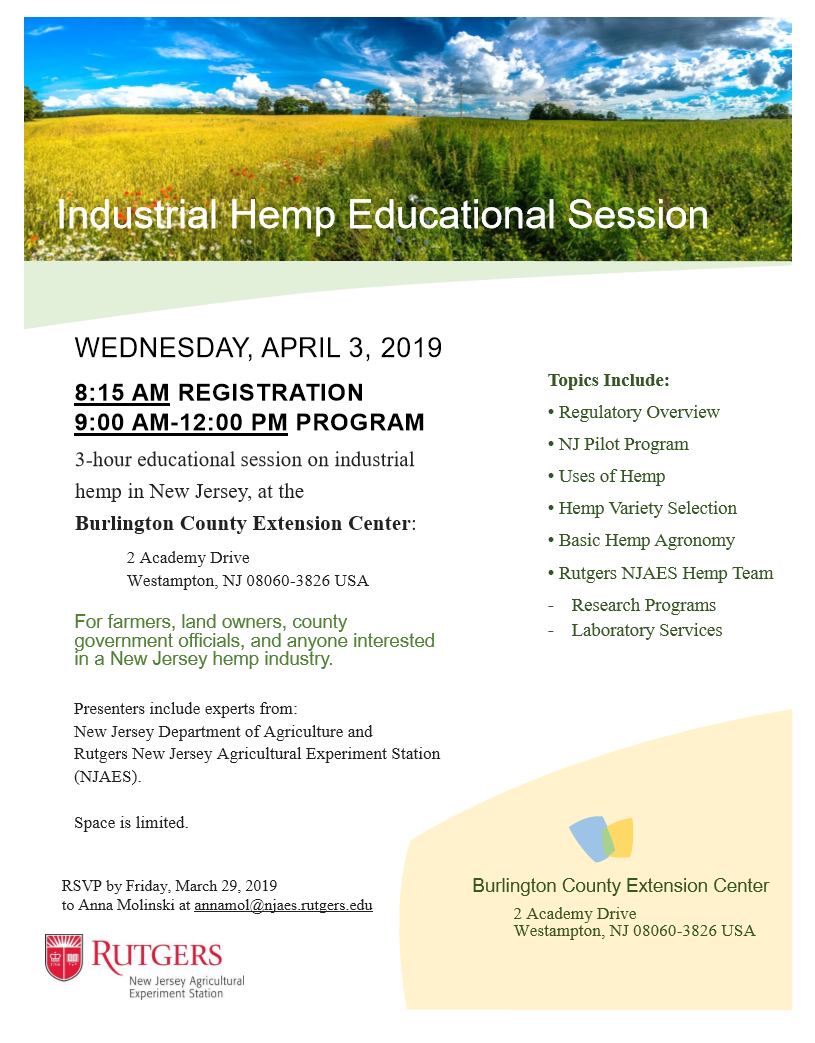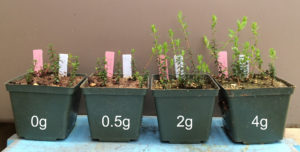
Figure 1. Fertilizer rates
Cranberry plants originate from relatively nutrient-poor environments, but commercial cranberries receive fertilizer to improve plant growth and yield. Increased fertilizer use may influence plant resistance to insect pests.
At the P.E. Marucci Blueberry & Cranberry Research Center, a study by Elvira de Lange, Vera Kyryczenko-Roth, Jennifer Johnson-Cicalese, Joan Davenport, Nick Vorsa, and Cesar Rodriguez-Saona looked in detail at the effects of fertilizer on herbivore resistance in greenhouse-grown cranberry plants. Six cranberry varieties were tested: Howes, Early Black, Potter, Stevens, Franklin, and Crimson Queen. The fertilizer regimes were 0, 0.5, 2, and 4g NPK controlled-release fertilizer.
We first confirmed that increasing fertilizer rates enhanced nutrient availability in cranberry leaves. Indeed, N concentrations in plants exposed to the highest (4g) fertilizer rate were almost 3 times higher than those in plants without (0g) fertilizer. Also, we confirmed that increasing fertilizer rates enhanced plant growth. Indeed, upright lengths and weights of plants exposed to the highest fertilizer rate were 5 and 10 times higher, respectively, than those of plants without fertilizer (Figure 1).
Then, we studied the effects of fertilizer on weight gain and mortality of three important insect herbivores: spotted fireworm, sparganothis fruitworm, and gypsy moth (Figure 2). Cranberry uprights were encased with a small transparent plastic cage, with tops and bottoms made out of foam (Figure 3). One larva was placed per cage, and weighted after 7 or 14 days. All three herbivores gained more weight on plants subjected to higher fertilizer rates – for all cranberry varieties. Also, the herbivores experienced lower levels of mortality on plants subjected to higher fertilizer rates. This improved insect performance on plants with high nutrient availability may be due to improved quality of the plants as a food source, and/or reduced levels of defensive compounds.
To study a possible reduction in levels of defensive compounds, we measured levels of proanthocyanidins (PACs) in cranberry leaves. PACs are involved in defenses against herbivores, as well as microbes. Increased fertilizer rates reduced PAC levels for all cranberry varieties, which may account for the observed increases in larval weight gain. However, gypsy moth larvae gained the most weight when feeding on Franklin, the variety with the highest PAC levels, and gained the least weight when feeding on Potter, the variety with the lowest PAC levels. Thus, at least for gypsy moth, additional defensive compounds are likely involved in cranberry resistance to insect pests.
Studying the effects of fertilizer on resistance to herbivorous insects in cranberry may contribute to the development of better practices for integrated pest management, and help to optimize cranberry health and yield.
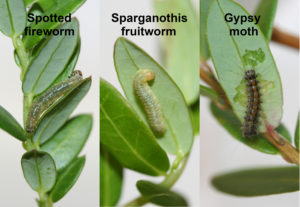
Figure 2. Cranberry pest
This study is published in Agricultural and Forest Entomology: https://doi.org/10.1111/afe.12335
We thank Rob Holdcraft, Kristy Adams, Dan Rice, and Lindsay Wells for assistance with the experiments. Funding was provided by Hatch Project No. NJ08192 and the New Jersey Blueberry and Cranberry Research Council Inc.
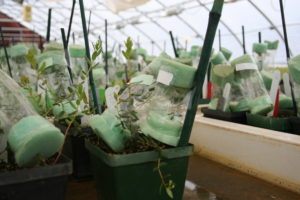
Figure 3. Insect cages
